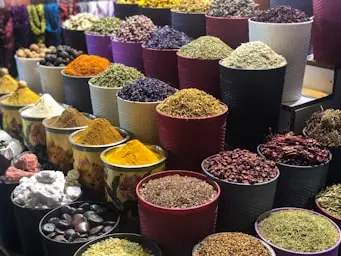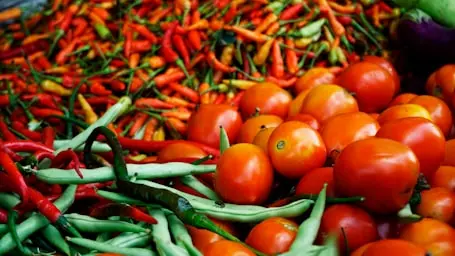🌿 A Journey Spiced with Time
Indian food is more than a meal—it’s a mirror of our land, history, and soul. From the humble hearths of village kitchens to the modern rotis delivered by GhaRoti, our cuisine has gracefully evolved, taking inspiration from age-old traditions and global influences. But how did we go from grinding masalas on a sil-batta to scanning QR codes for dinner?
Let’s take a flavorful journey through time.
🏺 The Traditional Table: 100 Years Ago
In the early 20th century, most Indian homes cooked in clay ovens, on wood fire chulhas, and over slow-cooked flames. Meals were simple yet nourishing:
- Grains like millets, barley, and hand-pounded rice were staples.
- Roti was made with fresh hand-kneaded atta, often with regional flour varieties like bajra, jowar, or ragi.
- Vegetables came from backyard gardens and local haats—seasonal, fresh, and chemical-free.
- Spices were stone-ground at home, from whole ingredients sun-dried on terraces.
People cooked with patience and pride, often serving food on banana leaves or stitched leaf plates.
✨ Native Indian Ingredients We Still Treasure
Indigenous ingredients are still the backbone of Indian kitchens:
|
Category |
Ingredients |
|
🌾 Grains |
Millets (bajra, ragi), rice, wheat |
|
🥦 Veggies |
Tinda, torai, lauki, kathal (jackfruit), moringa |
|
🌶️ Spices |
Turmeric, black pepper, cardamom, mustard seeds |
|
🥬 Greens |
Amaranth (chaulai), methi, curry leaves |
|
🥣 Lentils |
Moong, urad, masoor, toor dal |
These ingredients not only flavor our meals but also offer high nutritional and medicinal value—something even Ayurveda deeply emphasizes.

🌍 What Came From Abroad and Became Our Own
India has been a culinary crossroads for centuries, adopting and transforming ingredients brought by traders, invaders, and colonialists.
|
Ingredient |
Origin |
Now in Indian Cuisine |
|
Potatoes 🥔 |
South America |
Aloo paratha, samosa, sabzi |
|
Tomatoes 🍅 |
South America |
Curries, chutneys |
|
Chilies 🌶️ |
Mexico |
Almost every regional cuisine |
|
Corn 🌽 |
Central America |
Bhutta, makki di roti |
|
Peanuts 🥜 |
South America |
Poha, chutneys, farsan |
|
Cauliflower 🥦 |
Europe |
Aloo-gobi, pakoras |
|
Tea 🍵 |
China |
National beverage of India now! |
Writers like K.T. Achaya in “A Historical Dictionary of Indian Food” beautifully documented this hybridization of flavors. What’s remarkable is how we made them “ours”—adapting their essence into our own cooking grammar.

🛕 Why This Evolution Matters Today
Urban women, especially in bustling metros, now juggle careers, commutes, and childcare. The traditional way of cooking, though cherished, often becomes impractical. But the craving for ghar ka khana—simple, sattvic, and rooted—is still alive.
👩🍳 Enter GhaRoti: A Modern Touch to a Timeless Meal
GhaRoti brings that cultural wisdom right to your doorstep. Freshly cooked rotis, prepared with traditional care and modern hygiene, ensure that even the busiest households don’t miss out on the warmth of a home-cooked meal.
It’s not just food—it’s respect for tradition, reimagined for today.
🎨 Final Thought
Indian food is a conversation between past and present, between grandmothers and nutritionists, between tradition and technology. Whether it’s turmeric milk going global or humble dal gaining protein star status, our cuisine remains ever-evolving, inclusive, and beautifully complex.
Let GhaRoti be your bridge—from the kitchen of yesterday to the health-conscious plate of tomorrow.
Start writing here...
